



Speaking during the DiiA seminar at Lightfair, Georgia Power’s Kevin Fitzmaurice described how DALI has helped the utility to install a large network of connected LED luminaires.
May 24, 2019
Kevin Fitzmaurice, Principal Engineer, Lighting and Smart Services at Georgia Power described an end-user perspective of using DALI for outdoor lighting, during the DiiA seminar at Lightfair 2019.
Georgia Power has been using DALI for more than 5 years, a choice driven by the need for an established, bi-directional protocol allowing two-way communication. The utility also needed drivers that were available and rated for outdoor use.
Georgia Power operates around 900,000 luminaries, and more than half are LED. These have a networked lighting controller (NLC) installed into a 7-pin receptacle (commonly referred to as a NEMA socket). The NLCs are connected to the internal DALI drivers via a wired DALI bus, and also connect wirelessly to the lighting control network and the central management system (CMS).
Fitzmaurice explained that Georgia Power uses DALI in two main ways: asset management and operational control.
For asset management, the DALI drivers are coded during production with a set of fixture attributes. When the luminaire is installed, these attributes are automatically transferred to the CMS without human intervention. This automated registration process accomplishes the three important goals of eliminating data-entry errors, saving time (allowing twice as many installs per day) and saving money in the order of millions of dollars.
The coding and extraction of fixture attributes was achieved using a set of look-up tables, but this has now been standardized by defining a data map for the locations of luminaire attributes in memory bank 1 (MB1; as specified in DiiA Part 251 and also in the ANSI C137.4 standard). Fitzmaurice said that Georgia Power will begin to use DALI-2 compliant drivers with Part 251/MB1 capabilities. “We are very happy that this capability is now available,” he said.
Fitzmaurice also explained that DALI-2 works very well with sensors, to detect occupancy or even the sound of gunshots. And he said that Georgia Power is starting to specify Zhaga connectors on the underside of luminaires for the installation of sensors.
“DALI version-1 has worked very well for us,” concluded Fitzmaurice. “And DALI-2 has very good prospects.”
>> Intra-luminaire DALI enables Georgia Power to fast-track smart lighting project (case study from Telensa)